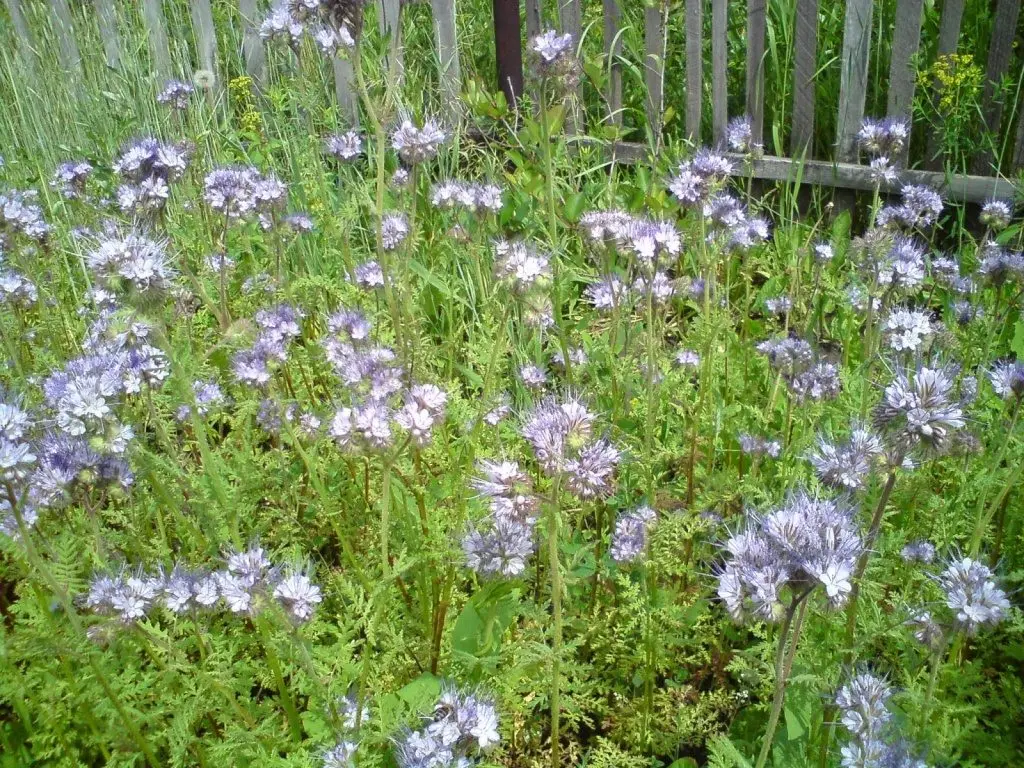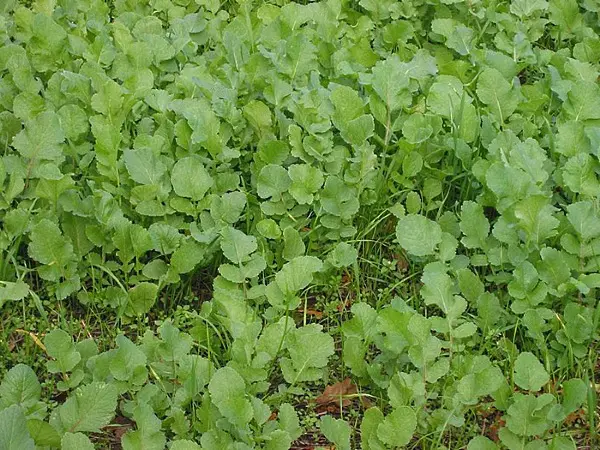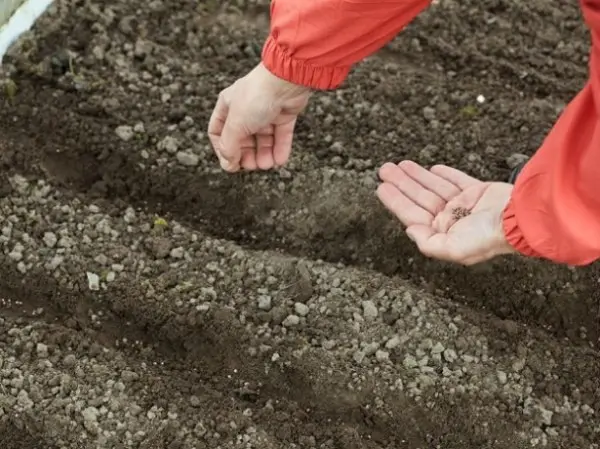Contents
The annual cultivation of vegetable crops gradually leads to the inevitable depletion of the soil. To increase the nutritional value of the earth in a natural way, gardeners are increasingly resorting to such a method as green manure. Oilseed radish perfectly heals and enriches the soil, reducing the risk of damage by pests and diseases of subsequent crops.
Radish qualities
The culture is an annual plant belonging to the cruciferous family. Sometimes it can reach a height of 2 m. Oil radish is characterized by branched leaves of a bright green color. Grows quickly, gives a pale purple color. The culture can be sown in the fall – it tolerates cold well.
Plants have a powerful root system that can penetrate deep into the soil. It is thanks to this volume of the culture that it cleans the soil well from weeds – even the infamous wheatgrass is not able to squeeze through the root thickets. The composition of plants includes a large amount of protein (protein), therefore, in terms of their nutritional value, they are not much inferior to traditional compound feeds. True, such a radish as livestock feed can be used very limitedly – the leaves of the culture contain toxic substances.
Video “Sowing siderata”
From the video you will learn about the features of planting green manure.
Use as a siderata
You can sow oilseed radish on any soil. This plant is undemanding, develops well without additional care. Oilseed radish as green manure does not need additional manual watering – the root system of the crop develops vertically, therefore it is able to receive moisture from deeper layers of the soil.
Plants tolerate cold well, sprout together even in cases where the temperature is at 0 degrees.
But they are also resistant to droughts and undemanding to the quality of the soil and top dressing (oil radish fertilizer will be needed only when it had to be sown on alkaline soil). As a fertilizer, it is used after harvesting early spring, winter or vegetable crops. Fully manifests its properties only if the soil is sufficiently moist.
Useful Properties
- since plants have a powerful vertical root system, they effectively raise the nutritional properties from the deep layers of the soil to the surface;
- contributes to the structuring and loosening of the soil;
- improves air and water permeability;
- perfectly protects the earth from autumn or spring oversaturation with moisture, as already mentioned, powerful roots require a sufficient amount of moisture for development;
- another positive property of the radish is that its root system can bind free nitrogen in the surrounding air;
- destroys pathogenic microorganisms in the soil;
- thickened crop plantings effectively inhibit the growth of weeds;
- helps to increase the acidity of the soil;
- is an excellent natural green fertilizer;
- decayed plants contribute to the development of beneficial microorganisms and worms that improve the condition of the soil.
Sowing radish
The plant goes through its life cycle in about 50 days, so it can be planted several times in one season. The selected area must be well loosened, and the seeds should be planted to a depth of three cm. Before sowing, the seed material is mixed with sand. In a few days shoots will appear, and after a month and a half the culture will fully ripen.
Digging up green manure
When this happens, the site is dug up. It is important to have time to dig up before the radish blooms, otherwise there is a high probability of self-seeding. If the aerial part of the plants is very high, it is tedious to cut it off, and only then proceed to digging. At the same time, it would be nice to chop the stems with a shovel – so the rotting process will go faster. But if the moment was missed, and the culture outgrew, the thickest stems should be removed to the compost pit, where they will surely have time to rot before the deadline.
Video “Planting a radish in autumn”
See the secrets of planting oil radish in the fall as green manure right now.









